Description
Last updated on September 30th, 2024 at 05:46 am
EASA Part 66 Module 5 B2 Digital Techniques:
- Content of this Book is for Aircraft Maintenance Technician category B2 avionics.
- Digital Techniques strictly matches the requirements of Part 66 including its content, sequence, and the required learning levels (L1, 2, or 3) needed for an approved B2 avionics maintenance technician program, and is so approved by many national authorities as a part of the training programs of Part 147 schools within their jurisdiction
Table of Contents:
As prescribed in Part 66 Appendix 1
- Electronic Instrument Systems
A) Typical systems arrangement and cockpit layout of electronic instrument systems. - Numbering Systems
A) Binary, octal, and hexadecimal numbering systems and conversions. - Data Conversion
B) Analogue and digital data; Operation and application of analogue/digital converters, inputs and outputs and various limitations. - Data Buses
A) Operation of data buses in aircraft systems including knowledge of ARINC, Ethernet and other specifications. - Logic Circuits
A) Identification of common logic gate symbols, tables, and equivalent circuits as used in aircraft systems; schematic diagrams, and logic diagrams. - Basic Computer Science
A) Computer terminology, operation, layout, and interface in a micro-computer and associated bus systems; single and multi address instruction words; memory terms and devices; data storage systems - Microprocessors.
A) functions and operation of a microprocessor including control and processing, register, arithmetic logic elements - Integrated Circuits.
A) operation of encoders and decoders, medium, large, and very large scale integration - Multiplexing.
A) operation, application and identification in logic diagrams of multiplexers and demultiplexers - Fiber Optics
A) Advantages and disadvantages; Fiber optic data bus; terminations; couplers, control terminals, remote terminals; application in aircraft systems. - Electronic Displays
A) Operation of common types used in modern aircraft including cathode ray tubes (CRT), light emitting diodes (LED), and liquid crystal displays (LCD). - Electrostatic Sensitive Devices
A) Handling of sensitive components; Awareness of risks and personnel anti-static protection devices - Software Management Control
A) restrictions, airworthiness requirements and effects of unapproved changes to software programs. - Electromagnetic Environment
A) EMC Electromagnetic compatibility; EMI Electromagnetic Interference; HIRF High Intensity Radiated Field; Lightning protection - Electronic Digital Aircraft Systems
A) Arrangement of systems and associated BITE (built in test equipment)including:
B) ACARS-ARINC Communication, addressing and reporting systems
C) EICAS Engine indication and crew alerting system
D) FBW Fly by wire
E) FMS Flight management systems
F) IRS Inertial reference system
G) ECAM electronic centralized aircraft monitoring
H) EFIS Electronic flight instrument system
I) GPS Global positioning system
J) TCAS Traffic alert collision avoidance system
K) Integrated modular avionics
L) Cabin Systems
M) Information Systems
- Note that the required learning levels for this B2 avionics edition differ from the B1 mechanical edition with this B2 edition being the more advanced.
- Each topic is explained with understandable text and exceptional full-color illustrations in step-by-step detail. You will learn by understanding concepts and how and why each skill is useful in the day-to-day tasks of the aircraft technician in the aviation maintenance environment. For FAA A&P students, all required topics are covered, however to the somewhat higher level of proficiency as the EASA licenses require.
Read more: foullous.com
easa part 66 module 5, book for b1 & b2 Certification, easa part 66 electronic instrument systems, electronic instrument systems b1 & b2 Certification, part 66 module electronic instrument systems, part 66 module 5 electronic instrument systems, part 66 module 5 book,…

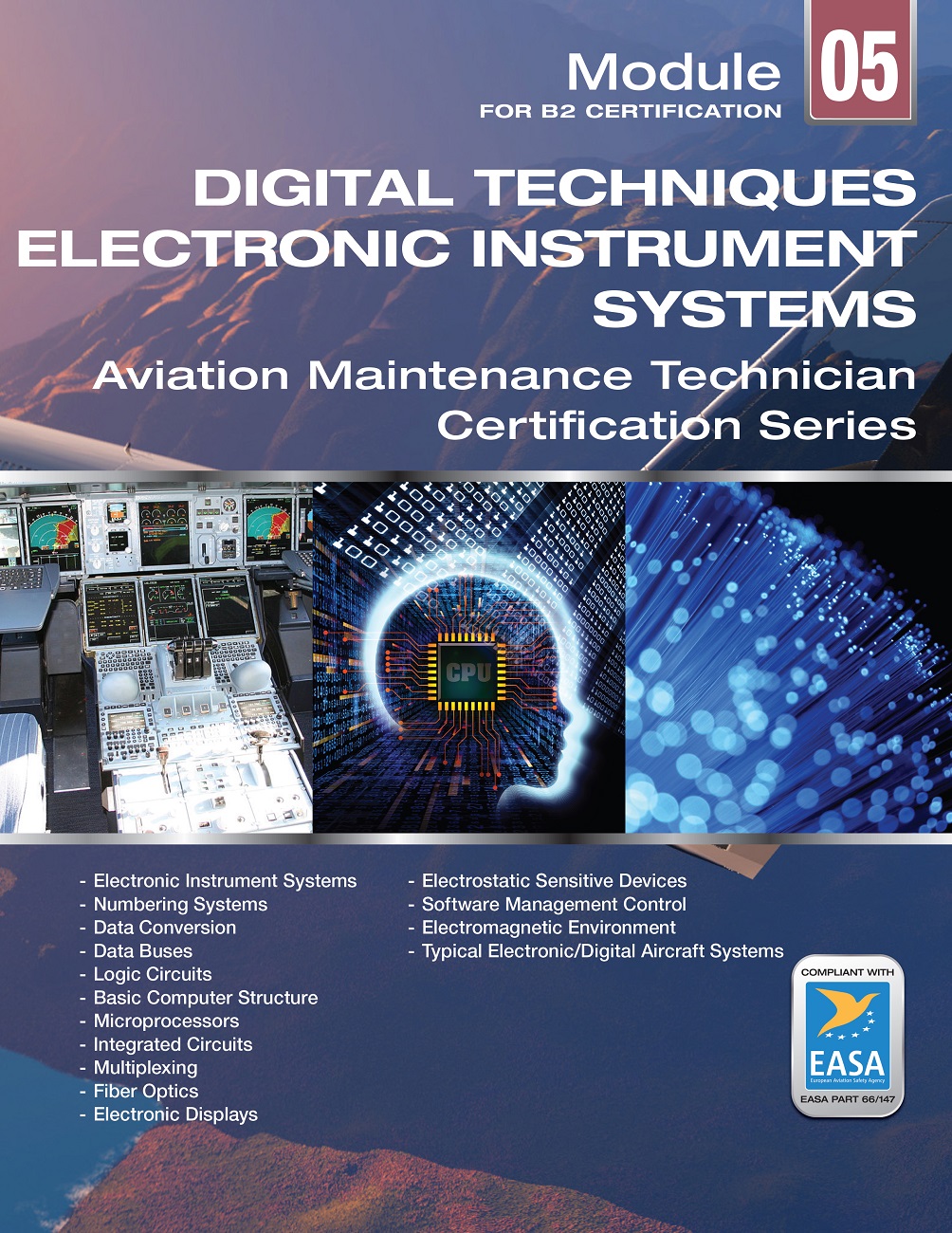
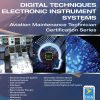
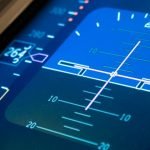


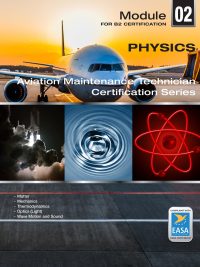
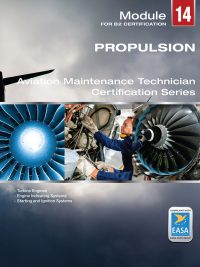
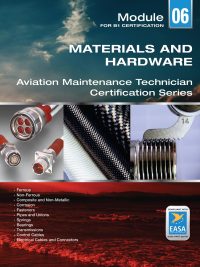
Newall Campbell (verified owner) –
Excellent prompt service, thank you.